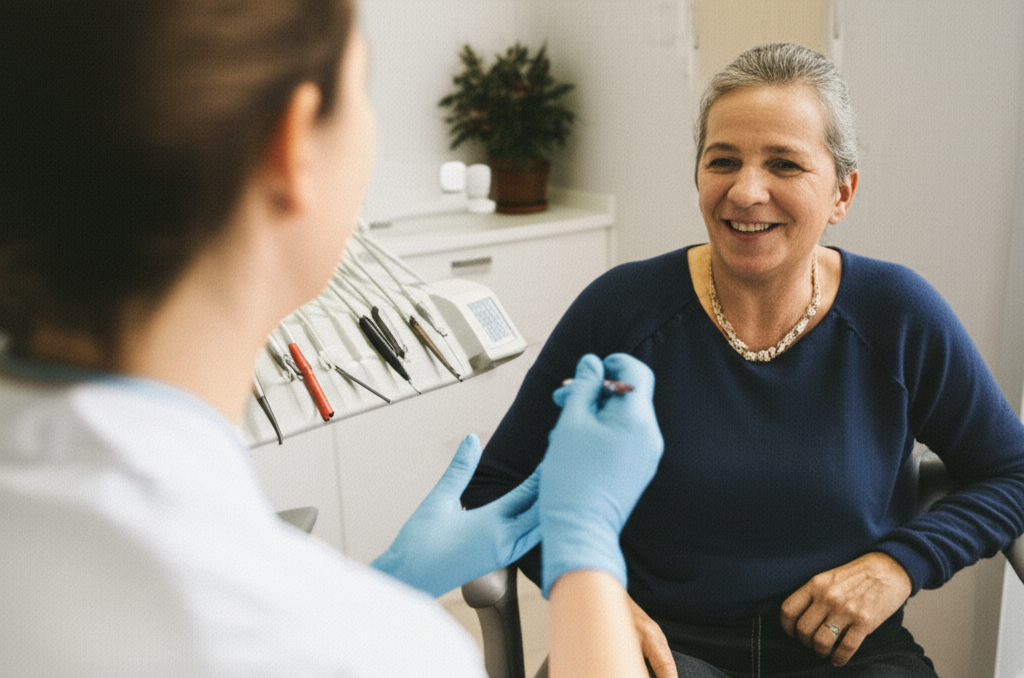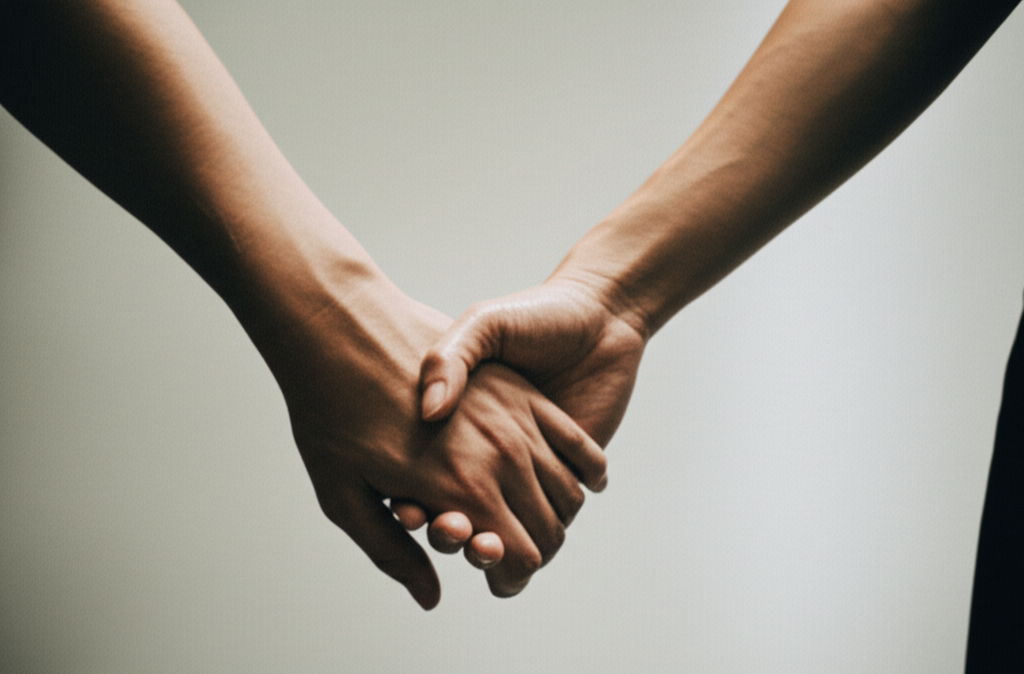Inclusive Beauty: Brands Redefining Industry Standards
Ellie Moore
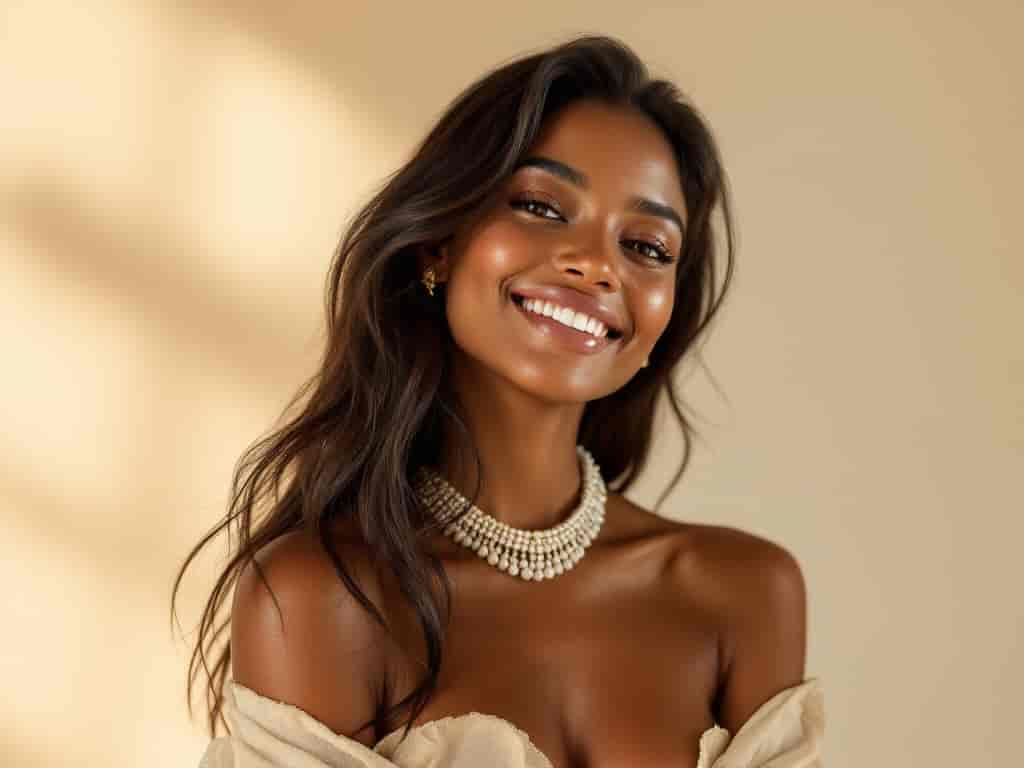
Photo: Inclusive Beauty: Brands Redefining Industry Standards
Inclusive Beauty: Brands Redefining Industry Standards
The beauty industry has long been associated with a very specific standard of beauty often one that is narrowly defined and excludes many. However, in recent years, there has been a monumental shift towards inclusivity, with brands rethinking their approach to beauty. Today, inclusivity isn't just a buzzword it's a movement that is redefining the beauty landscape, empowering consumers and setting new standards for what beauty can and should look like.
In this article, we explore how beauty brands are embracing diversity, inclusivity, and representation in their products, marketing, and overall brand philosophy. We will delve into real-life examples, share actionable insights, and highlight the steps brands are taking to ensure that beauty truly is for everyone.
The Rise of Inclusive Beauty: A New Era
For decades, the beauty industry focused primarily on a limited range of skin tones, body types, and cultural representations. From foundation shades to advertisements, the message was clear: beauty looked a certain way, and if you didn’t fit that mold, you were left out.
However, in recent years, the conversation has shifted dramatically. Consumers are more conscious than ever of the need for inclusivity, and as a result, beauty brands are waking up to the reality that their products must represent the diversity of their audiences.
Why Inclusivity Matters
Inclusivity in beauty is about more than just selling products it’s about representation, empowerment, and breaking down harmful beauty standards. By embracing a more inclusive approach, brands acknowledge the reality that beauty comes in all shapes, colors, and sizes. Here are some compelling reasons why inclusivity matters:
- Representation Matters: Everyone deserves to see themselves reflected in beauty advertisements and products. When a brand showcases a wide range of models, it helps individuals feel seen and validated.
- Expanding Market Potential: By offering products that cater to a diverse audience, brands open themselves up to a broader consumer base, ultimately improving their market reach and sales potential.
- Consumer Loyalty: Consumers are more likely to remain loyal to brands that reflect their values, including inclusivity. Supporting diverse brands is an ethical choice that many consumers are increasingly prioritizing.
Brands Leading the Charge: Real-Life Examples of Inclusive Beauty
Several beauty brands have emerged as leaders in the inclusive beauty movement. These brands are not just making small changes they are completely overhauling their approach to beauty in order to cater to a wider range of consumers. Let’s take a closer look at some of these trailblazers.
Fenty Beauty by Rihanna
Launched in 2017, Fenty Beauty took the beauty world by storm with its groundbreaking foundation line, which included 40 shades at launch. This was a stark contrast to the usual offerings from other brands, which typically offered only a limited number of shades, often leaving people with deeper skin tones to struggle with finding suitable products.
Fenty’s inclusive approach didn’t stop with foundations. The brand's marketing and advertising also featured a diverse range of models, representing various ethnicities, body types, and genders. The response was overwhelmingly positive, with Fenty Beauty quickly becoming one of the most recognized and beloved beauty brands globally.
Takeaway: Fenty Beauty's success shows that inclusivity isn't just a "nice-to-have" it's a "must-have" in today’s beauty market. By understanding the diverse needs of consumers and reflecting those needs in product offerings and marketing, Fenty Beauty created a brand that resonated with millions.
Glossier
Glossier, a brand known for its minimalistic and inclusive approach to beauty, has also made significant strides in redefining industry standards. Glossier's commitment to inclusivity is visible not only in its product formulations but also in its campaign strategies. The brand’s marketing prominently features real, everyday people models of different races, body sizes, and gender identities.
In 2020, Glossier announced its expansion of foundation and concealer shades, aiming to match the wide variety of skin tones across its customer base. Furthermore, Glossier's focus on "natural beauty" helps challenge traditional beauty ideals, emphasizing that everyone deserves to feel beautiful in their own skin.
Takeaway: Glossier's commitment to inclusivity goes beyond products it’s embedded in their entire brand ethos. The brand has successfully tapped into the need for products that celebrate natural beauty, creating a sense of belonging for people of all backgrounds.
MAC Cosmetics
MAC Cosmetics has been a long-time advocate of inclusivity, often leading the charge in the beauty industry. The brand has always celebrated diversity, and its foundations are known for catering to a wide range of skin tones. In 2019, MAC extended its inclusive efforts by launching a new initiative called “MAC Aids Fund,” focusing on supporting marginalized communities, including people of color, LGBTQIA+ groups, and those living with HIV/AIDS.
In addition, MAC’s "Viva Glam" campaign, which partners with celebrities to raise awareness about HIV/AIDS, has been a powerful example of how a brand can use its platform to advocate for inclusivity and social justice.
Takeaway: MAC Cosmetics has demonstrated that inclusivity extends beyond just the products you offer it’s also about using your influence to support meaningful causes and advocate for equality.
Key Elements of an Inclusive Beauty Brand
For beauty brands looking to embrace inclusivity, there are several key elements that need to be considered. Here are some actionable insights for brands striving to meet the new industry standards:
1. Diverse Shade Ranges
One of the most important aspects of an inclusive beauty brand is offering a wide range of shades that cater to all skin tones. This includes not only foundations and concealers but also other makeup products like lipsticks, blushes, and powders.
- Actionable Tip: Brands should research the needs of their target audience and invest in developing a variety of shades that cater to different undertones and skin types.
2. Representation in Marketing
Inclusive beauty is about more than just product offerings it’s also about how those products are marketed. Brands should make a conscious effort to include models of different races, body sizes, genders, and abilities in their campaigns. This representation helps consumers feel that the brand values diversity and is inclusive of everyone.
- Actionable Tip: Brands should diversify their advertising campaigns by featuring people from different walks of life, ensuring that all consumers feel represented.
3. Accessibility and Affordability
Inclusivity also means making beauty products accessible to everyone, regardless of their budget. High-end brands are not the only ones that should offer diverse shade ranges drugstore brands should also ensure their products cater to all skin tones and demographics.
- Actionable Tip: Look for ways to create affordable yet high-quality products that meet the needs of a diverse consumer base.
4. Ethical and Sustainable Practices
Consumers are increasingly concerned about the ethical practices of the brands they support. Inclusive beauty brands should also prioritize sustainability, cruelty-free testing, and eco-friendly packaging.
- Actionable Tip: Incorporate ethical practices into your brand’s mission by offering cruelty-free and eco-conscious products that align with consumers’ values.
Conclusion: The Future of Inclusive Beauty
The beauty industry is undergoing a massive transformation, and inclusivity is at the forefront of this change. By embracing diversity in product offerings, marketing strategies, and brand values, beauty brands are not only meeting the demands of today’s consumers they are reshaping the entire beauty landscape.
For consumers, this shift represents an exciting future where everyone, regardless of race, gender, or body type, can feel empowered to embrace their beauty. For beauty brands, this represents an opportunity to connect with a broader audience and build deeper, more meaningful relationships with their customers.
As the beauty industry continues to evolve, one thing is clear: inclusivity is here to stay. Whether you're a beauty brand or a consumer, the future of beauty is diverse, inclusive, and empowering for all.
FAQs
Q1: Why is inclusivity important in the beauty industry? Inclusivity allows everyone to feel represented and valued. It ensures that beauty products meet the needs of a diverse audience, fostering stronger connections and loyalty with consumers.
Q2: What are some examples of inclusive beauty brands? Brands like Fenty Beauty, Glossier, and MAC Cosmetics are prime examples of companies leading the charge in inclusivity by offering diverse products and marketing campaigns that reflect a wide range of consumers.
Q3: How can beauty brands be more inclusive? Beauty brands can be more inclusive by expanding their shade ranges, diversifying their marketing, prioritizing accessibility and affordability, and embracing ethical, sustainable practices.
Q4: What role does marketing play in creating an inclusive beauty brand? Marketing is essential in promoting inclusivity. By showcasing models of different races, body types, genders, and abilities, brands can ensure that all consumers feel represented and valued.
Call to Action: What are your thoughts on the rise of inclusive beauty? Which brands do you feel are doing it right? Share your thoughts in the comments below, and feel free to share this article with others who are passionate about inclusivity in the beauty industry!
Finance & Investment
View All
June 22, 2025
Thruster Finance Helping Businesses Grow FastMaster expert SEO content! Go beyond keywords to build trust, authority, and top Google rankings. Discover E-E-A-T strategies for impactful content.
Ellie Moore

March 16, 2025
Finance Manager Success TipsCraft expert SEO content for higher rankings & engaged readers. Discover how to create valuable, authoritative content that satisfies E-E-A-T & builds trust.
Ellie Moore

October 17, 2025
Top Honda Finance Offers 2025Unlock 2025 search dominance! Discover how to create expert SEO content that builds trust, authority, and ranks high with E-E-A-T principles.
Ellie Moore
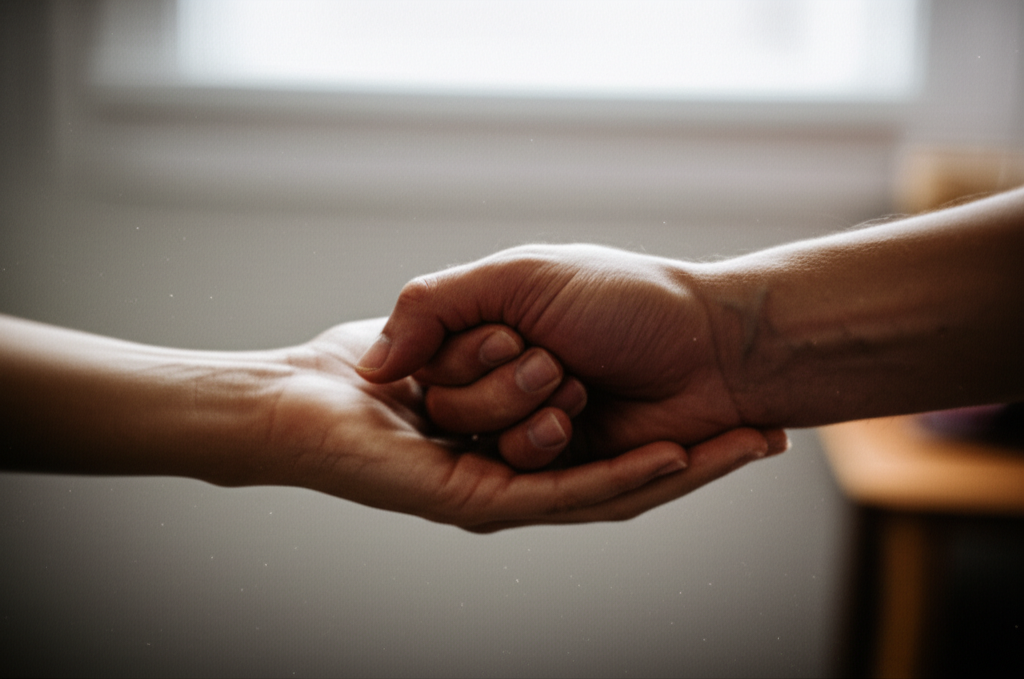
June 9, 2025
Easy Pay Finance Pros and Cons You Should KnowMaster expert SEO content! Learn Google's E-E-A-T framework to build authority, drive organic traffic, and achieve top visibility.
Ellie Moore

June 25, 2025
Arkansas Department of Finance and Tax TipsUnlock higher rankings & organic traffic with expert SEO content. Learn to craft valuable, E-E-A-T aligned content that builds authority & engages readers.
Ellie Moore

September 3, 2025
Manufactured Home Financing OptionsGo beyond keywords! Discover Expert SEO Content, focusing on Google's E-E-A-T to build trust, authority, and achieve lasting online success.
Ellie Moore
Insurance
View AllLearn how critical illness insurance offers financial protection during health crises. Get covered and stay secure!
Ellie Moore
Before you travel, get the essential tips for choosing the perfect travel insurance policy for peace of mind.
Ellie Moore
Safeguard your rental assets with Lemonade Renters Insurance. Get smart, comprehensive, and affordable coverage for ultimate peace of mind.
Ellie Moore
Maximize your complete dental insurance. This definitive guide empowers policyholders, agents, & risk managers to optimize coverage, ROI, and oral health.
Ellie Moore
Secure optimal auto insurance coverage and significant savings! Our guide helps you compare top-rated companies to beat rising premiums.
Ellie Moore
Safeguard your business's future. Essential Liability Insurance protects against legal claims, financial losses, and ensures continuity. Get peace of mind.
Ellie Moore
Education
View AllExplore how virtual reality is revolutionizing learning by providing immersive educational experiences. Ready to see VR in action?
Read MoreDiscover how assistive technology empowers special needs learners. Learn about tools that foster inclusivity and enhance educational outcomes.
Read MoreUnderstand dyslexia and discover effective ways to support dyslexic students in the classroom. Learn proven strategies to improve learning outcomes.
Read MoreOpen educational resources are breaking down barriers to knowledge. Learn how free learning materials are changing the global education scene.
Read MoreTake learning beyond the textbook with experiential education. Discover how real-world experiences create lasting knowledge and skills.
Read MoreStrong school-community partnerships can drive student success. Discover the benefits and strategies for effective collaboration.
Read MorePopular Post 🔥
View All
1
2
3
4
5
6
7
8
9
10
Health






Automotive
View All
August 27, 2025
Premium Automotive Services For High End Cars
Luxury & exotic cars demand premium care. Discover why specialized services are essential to preserve their performance, stunning aesthetics, and long-term valu...

August 29, 2025
Smoke Machine Automotive Uses And Benefits
Discover how automotive smoke machines revolutionize car repair! Easily find hidden leaks (vacuum, exhaust, EVAP) for precise fixes. Make the invisible visible!
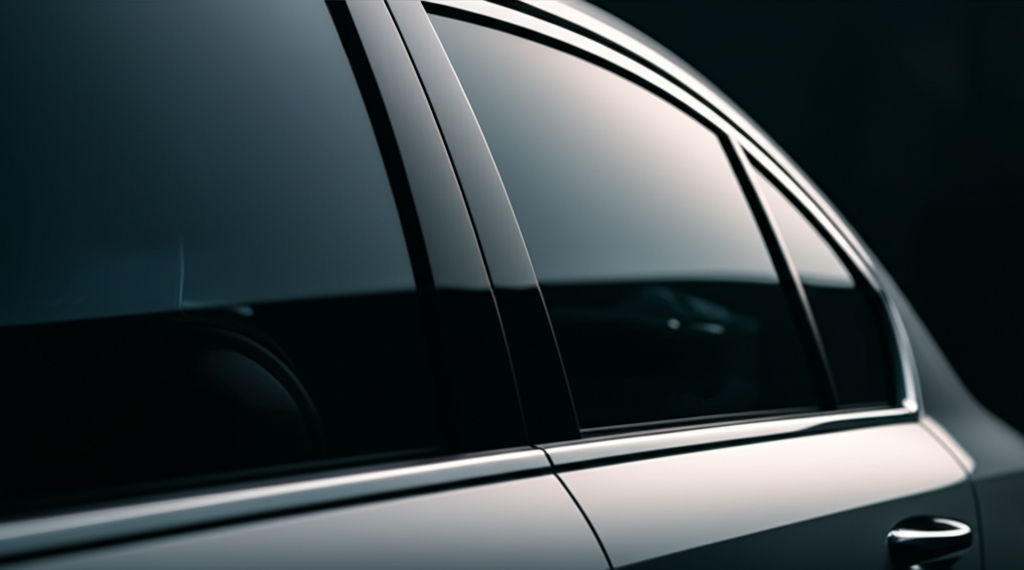
August 4, 2025
Automotive Tinting Prices And What To Expect
Demystify car window tinting costs! Learn about types, benefits, and factors influencing prices to make an informed decision for your vehicle.

August 16, 2025
Automotive Holdings Group Limited Overview
Uncover the impact of Automotive Holdings Group (AHG) on Australia's car market, its rise, and its pivotal acquisition by AP Eagers.

July 19, 2025
What You Should Know About Semi Automotive Parts
Demystify semi-automotive parts! Learn what they are & why they're crucial for your vehicle's safety, performance, and longevity. Essential guide for car owners...

February 7, 2025
Car Subscriptions: The Future of Vehicle Ownership
Explore the rise of car subscription services. Find out how they work, pros & cons, and why they’re becoming the latest trend in mobility.



